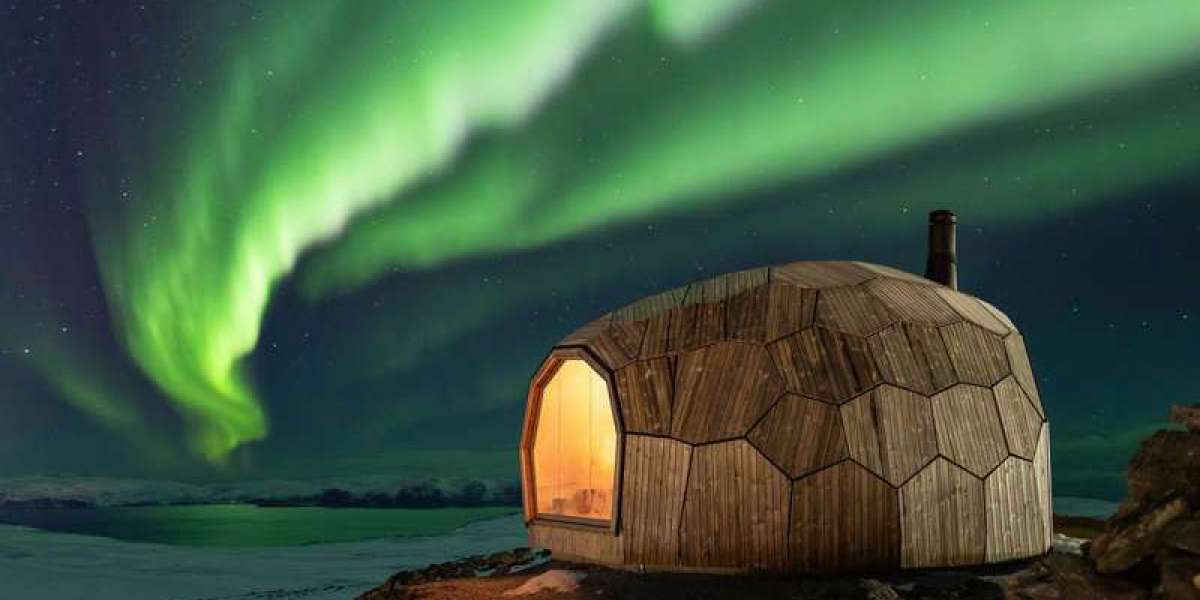In an era marked by climate change and increasing extreme weather events, the architectural world is stepping up with innovative designs focused on resilience. From hurricane-resistant structures in Pennsylvania to bushfire-proof homes in Australia, the modern residence is evolving to meet the challenges posed by harsh environments.
One standout example is the Hurricane-Resistant House in Pennsylvania, designed by Deltec Homes. This distinctive round dwelling showcases an ingenious circular form that disperses wind pressure, minimizing the risk of structural failure. Spanning over 4,340 square feet and featuring practical amenities like a gym and movie theater, this home not only prioritizes safety but also luxury and comfort.
On the West Coast, the Tsunami House on Camano Island in Washington is engineered to withstand the might of nature's fury. Crafted by Designs Northwest Architects, this residence can endure high-velocity tsunami waves and fierce winds of up to 85 mph, while also remaining stable during Zone D earthquakes—showcasing a commitment to safety in extreme flood zones.
In Australia, the threat of bushfires has spurred architects Ian Weir and Kylie Feher to design a modernist home capable of withstanding intense flames. As climate conditions evolve, such forward-thinking designs are becoming increasingly crucial for safeguarding lives and properties alike.
The Storm-Proof Home in North Carolina—another creation by Deltec Homes—offers a single-story, 1,496 square-foot sanctuary that can resist hurricane-force winds, demonstrating that safety can co-exist with striking design.
Lastly, perched in the Arctic Circle lies **The Arctic Hideaway** in Norway. Created by TYIN Tegnestue Architects, these cozy cabins are purposefully positioned to face the brutal Arctic conditions, integrating both aesthetic appeal and resilience against freezing temperatures.
As humanity grapples with the realities of climate change, these pioneering residences stand as beacons of hope, showcasing that thoughtful design can offer protection and comfort in even the most challenging environments.
The Rise of Resilient Residences: Homes Built to Withstand Nature's Fury
In an era marked by climate change and increasing extreme weather events, the architectural world is stepping up with innovative designs focused on resilience. From hurricane-resistant structures in Pennsylvania to bushfire-proof homes in Australia, the modern residence is evolving to meet the challenges posed by harsh environments.
One standout example is the Hurricane-Resistant House in Pennsylvania, designed by Deltec Homes. This distinctive round dwelling showcases an ingenious circular form that disperses wind pressure, minimizing the risk of structural failure. Spanning over 4,340 square feet and featuring practical amenities like a gym and movie theater, this home not only prioritizes safety but also luxury and comfort.
On the West Coast, the Tsunami House on Camano Island in Washington is engineered to withstand the might of nature's fury. Crafted by Designs Northwest Architects, this residence can endure high-velocity tsunami waves and fierce winds of up to 85 mph, while also remaining stable during Zone D earthquakes—showcasing a commitment to safety in extreme flood zones.
In Australia, the threat of bushfires has spurred architects Ian Weir and Kylie Feher to design a modernist home capable of withstanding intense flames. As climate conditions evolve, such forward-thinking designs are becoming increasingly crucial for safeguarding lives and properties alike.
The Storm-Proof Home in North Carolina—another creation by Deltec Homes—offers a single-story, 1,496 square-foot sanctuary that can resist hurricane-force winds, demonstrating that safety can co-exist with striking design.
Lastly, perched in the Arctic Circle lies The Arctic Hideaway in Norway. Created by TYIN Tegnestue Architects, these cozy cabins are purposefully positioned to face the brutal Arctic conditions, integrating both aesthetic appeal and resilience against freezing temperatures.
As humanity grapples with the realities of climate change, these pioneering residences stand as beacons of hope, showcasing that thoughtful design can offer protection and comfort in even the most challenging environments.







